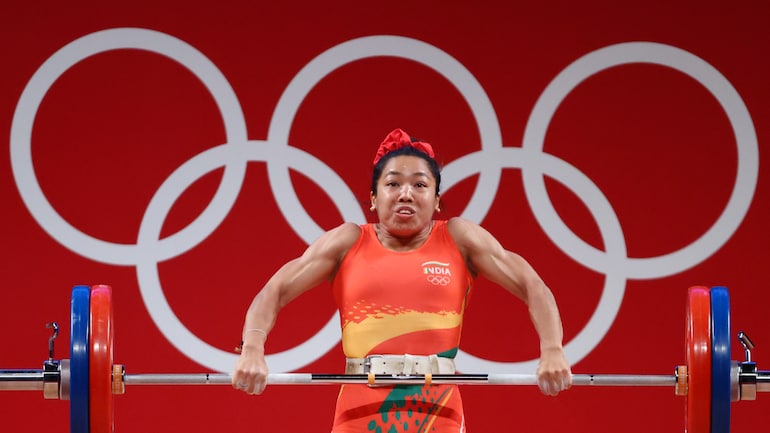Melvin Durai
Mirabai Chanu is being celebrated all over India and deservedly so. She didn’t just lift 202kg at the Tokyo Olympics, she also lifted everyone’s spirits.
I was excited about Chanu’s silver medal for two reasons. First, by winning a medal on the first day of the competition, she allowed us to breathe a collective sigh of relief. She allowed us to change the dominant question in our heads from “When will we win our first medal?” to “How many medals will we win?”
Second, by winning a medal in weightlifting, she will hopefully inspire more Indians to lift weights—not just for competition, but also health.
People of all ages can benefit greatly from lifting weights like Chanu. But please don’t take me too literally. If you admire Chanu and try to lift like her at a public gym or fitness centre, you might fall backwards and crack a few skulls, not just your own. The newspaper headline would be quite embarrassing: “Weightlifting brings glory for Mirabai Chanu, ambulance for her fan.”
Weighing just 49kg, Chanu lifted a total of 202kg in Tokyo (87kg in the snatch event, and 115kg in the clean and jerk). If I tried to lift 115kg in the clean and jerk at a gym, I’d probably scream and drop the barbell heavily on the ground, prompting the manager to “clean the jerk out.”
Unless you are a super-strong person, you shouldn’t attempt any of Mirabai Chanu’s lifts. Maybe you and a friend together can lift 115kg, especially if your friend happens to be named Karnam Malleswari.
Malleswari is now 46, two decades removed from Olympic glory, but I’d bet she can still out-lift most people. She won bronze at the 2000 Sydney Olympics, becoming the first Indian weightlifter to win an Olympic medal. Chanu is the second Indian weightlifter to win an Olympic medal, which means that the all-time medal tally for India in weightlifting is a little unbalanced: Women: 2; Men: 0.
That should be a challenge for all the young men in India: Remove the zero and become a hero.
Whether you’re young or old, weightlifting offers a number of benefits to you. Here are just three:
- It helps you increase muscle mass, as well as bone density. This is particularly important for older people like me. Any type of lifting is good for us, as long as it isn’t shoplifting.
- Weightlifting and other types of strength training have been shown to reduce the symptoms of chronic conditions such as arthritis, back pain, obesity, heart disease, depression, diabetes and laziness. I’m not sure if it actually helps with laziness, but ever since I started lifting weights in a gym, I’ve seen an amazing motivational change: My wife is considerably less motivated to call me “lazy guy.”
- Building muscle helps you burn more calories. Not only do you burn calories while you’re actually lifting weights, the muscle mass that you build helps you burn more calories. You’ll be in much better shape, but don’t be surprised if the scale shows you to be heavier. Muscle weighs more than fat—at least that’s what I tell my wife.
Me: “I’m heavier because of all this muscle mass I’m building.”
Wife: “Yes, especially the muscle mass around your waist.”
It’s important to realise that you don’t need to join a fitness club to lift weights. You can lift your own weight by doing pushups, pullups, lunges and squats. You can also lift objects around your home, as long as you’re careful not to strain yourself with something really heavy, such as Vikram Seth’s novel “A Suitable Boy.”
If you’re a grandparent, your grandchildren offer some ideal weightlifting opportunities. If they’re infants, you can lift them off the ground. If they’re teenagers, you can lift their textbooks off the ground. If they’re adults, you can lift their wet grinders off the ground.
